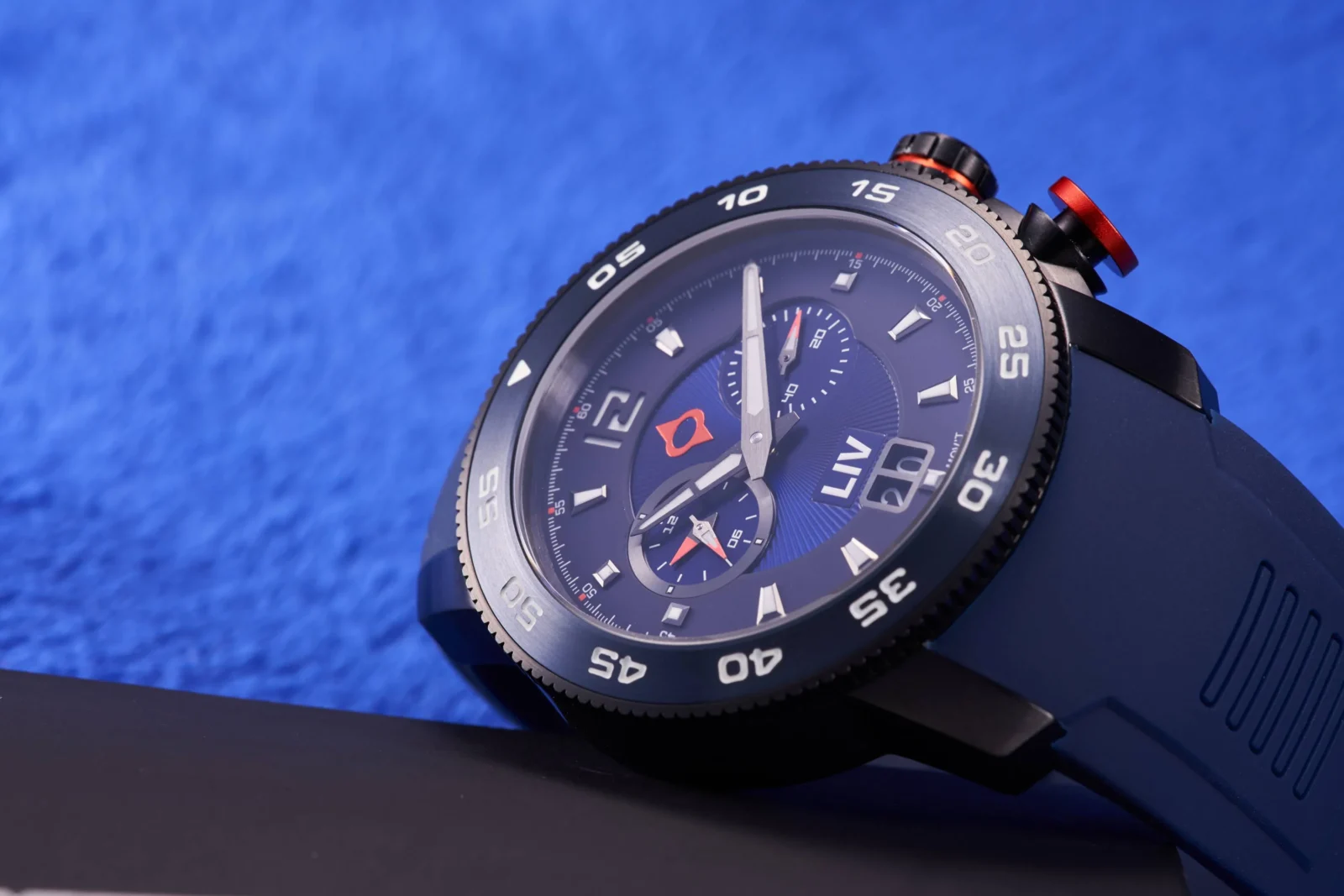Sapphire, a gemstone renowned for its hardness and brilliance, has found a prominent place in the world of horology. Its exceptional durability and aesthetic appeal have made it a coveted choice for watch crystals. It delves into the fascinating world of sapphire watch crystals, exploring their properties, benefits, and why they are considered a prized component in luxury timepieces.
The Hardness Factor
One of the most significant advantages of sapphire watch crystals is their extraordinary hardness. On the Mohs scale, a measure of mineral hardness, sapphire ranks at a 9, just below diamonds. This means it is incredibly resistant to scratches, making it virtually impervious to the daily wear and tear that can mar the appearance of other watch crystals.
Sapphire Crystals in High-End Timepieces
Sapphire crystals are commonly found in high-end watches, where their durability and aesthetic appeal are highly valued. Many luxury watch brands exclusively use sapphire crystals in their timepieces, ensuring that their customers receive watches that are both visually stunning and built to last.
Clarity and Brilliance
Sapphire crystals are renowned for their clarity and brilliance. Their transparency allows for unobstructed viewing of the intricate dial details and movement within the watch. Additionally, the gemstone’s natural lustre and ability to refract light beautifully contribute to the overall aesthetic appeal of the timepiece.
Durability and Longevity
The exceptional hardness of sapphire ensures its longevity. Unlike softer materials, sapphire crystals are less likely to crack or shatter under impact. This durability makes them ideal for active lifestyles and demanding environments where watches may be subjected to accidental bumps or drops.
Anti-Reflective Coatings
To enhance clarity and reduce glare, many sapphire watch crystals are treated with anti-reflective coatings. These coatings minimise the reflections that can obscure the dial and make it difficult to read in certain lighting conditions. The result is a watch that is easier to see and more enjoyable to wear.
The Cost Factor
While sapphire watch crystals offer numerous advantages, they do come at a premium. The process of manufacturing sapphire crystals is more complex and time-consuming compared to other materials. As a result, sapphire watches often have a higher price tag than those with mineral glass or acrylic crystals. However, for those who prioritise durability, clarity, and a premium aesthetic, the investment in a sapphire watch crystal is well worth it.
Sapphire vs. Other Crystal Materials
When comparing sapphire to other watch crystal materials, such as mineral glass and acrylic, the advantages become evident. Mineral glass, while harder than acrylic, is still more susceptible to scratches than sapphire. Acrylic, on the other hand, is the most affordable but also the least durable option. Sapphire offers the best combination of hardness, clarity, and longevity, making it the preferred choice for many watch enthusiasts.
The Drawbacks of Sapphire Crystals
While watch crystals are highly regarded for their numerous benefits, they are not without some drawbacks.
- Cost Sapphire crystals are significantly more expensive than their acrylic and mineral glass counterparts. This is due to the complex manufacturing process involved in producing synthetic sapphire. This cost is usually passed on to the consumer, making watches with sapphire crystals more expensive.
- Brittleness As mentioned earlier, sapphire is harder than mineral glass, but it is also more brittle. If subjected to a sharp blow or dropped from a significant height, a sapphire crystal may chip or shatter. This is less of a concern with everyday use but something to be mindful of with expensive timepieces.
- Reflection and Glare Sapphire tends to reflect light more than acrylic or mineral glass, which can sometimes cause glare. To combat this, many watchmakers apply an anti-reflective (AR) coating to the sapphire crystal to reduce reflections and enhance visibility.
Is Sapphire Worth the Investment?
Sapphire is often considered a worthwhile investment due to its enduring beauty, durability, and value. As one of the hardest gemstones, second only to diamonds, sapphire is highly resistant to scratches and damage, making it ideal for everyday wear, especially in jewellery like rings and bracelets. Beyond its physical qualities, sapphire holds cultural and historical significance, symbolising wisdom, loyalty, and nobility. While the value of sapphires can fluctuate based on factors like colour, clarity, and carat weight, high-quality sapphires, particularly in sought-after colours such as deep blue or rare pink, tend to retain or increase in value time. This makes sapphire a solid choice not only for personal enjoyment but also as a potential long-term investment.















Leave a Reply